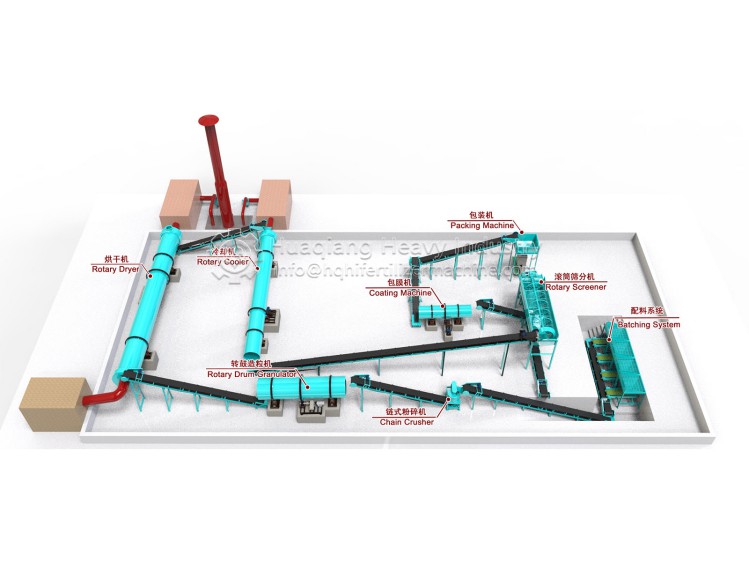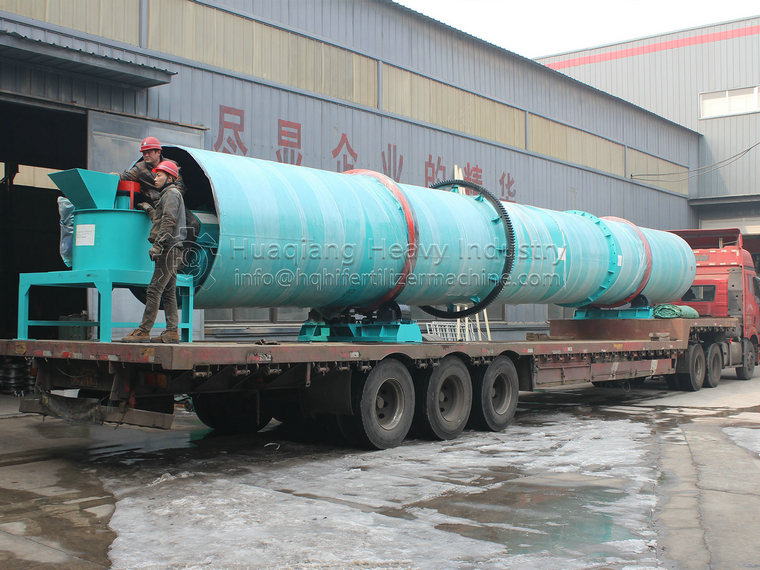Chicken manure, pig manure, cow manure, sheep manure, etc. are rich in nutrients such as nitrogen, phosphorus, and potassium, as well as organic matter. Livestock manure is an organic fertilizer raw material that improves soil and enhances soil fertility. But if livestock manure is directly used, it will cause adverse consequences such as damage to roots, bacteria, and grass damage. So, what kind of organic fertilizer fermentation equipment is suitable for processing straw and livestock manure into organic fertilizer?
Organic fertilizer is a beneficial fertilizer for crops and soil formed by the fermentation and maturation of organic rich materials such as poultry manure and straw garbage. Fermentation is a very important stage, which determines the quality of organic fertilizer. The common fermentation methods include tank fermentation, chopping fermentation, and fermentation tank. What is the difference between them?
Tank type fermentation overturning equipment
A fermentation tank and a factory building need to be constructed, and the size of the fermentation tank depends on the layout of the factory building. Fermentation equipment includes tank type flipping machines, chain plate flipping machines, wheel plate flipping machines, etc. Tank fermentation is generally carried out in factory buildings, which are less affected by weather and have less environmental pollution, and can achieve large-scale production. When flipping materials, there is no need for manual labor and automation.
Suitable scenarios: high production capacity requirements, rainy factory locations, and strict environmental protection.
Stacked fermentation equipment
No need to build a fermentation tank, as long as the ground is flat, it can save infrastructure costs. Spread the materials in a stacked manner and use a tracked composting machine for periodic flipping. It can be fermented outdoors, but it is greatly affected by weather and environmental pollution. The stack fermentation occupies a large area. When flipping materials, a worker needs to drive the flipping machine.
Suitable scenarios: regions with low rainfall such as Xinjiang, warm climate, far away from residential areas, large fermentation sites, and less strict environmental protection.
Aerobic fermentation tank
The fermentation tank occupies a small area and has a short fermentation cycle. Generally, fermentation can be completed in 7 days, and environmental pollution is also very small. Equipment automation, no need for manual operation. The disadvantage is that fermentation tank equipment is more expensive compared to tank fermentation and stack fermentation equipment.
Suitable scenario: The fermentation site is small (for example, in order to protect the environment, breeding farms need to ferment poultry and livestock manure, but if the site is small, fermentation tanks can be used), and the environmental protection is strict.
The three fermentation methods each have their own advantages and disadvantages, and the specific method to be used depends on the actual situation of the fermentation site.
.jpg)

.jpg)




.jpg)
.jpg)